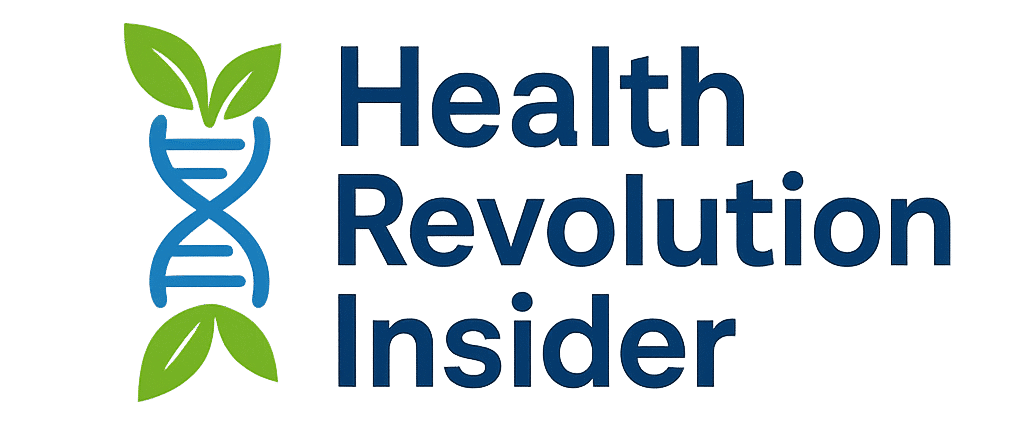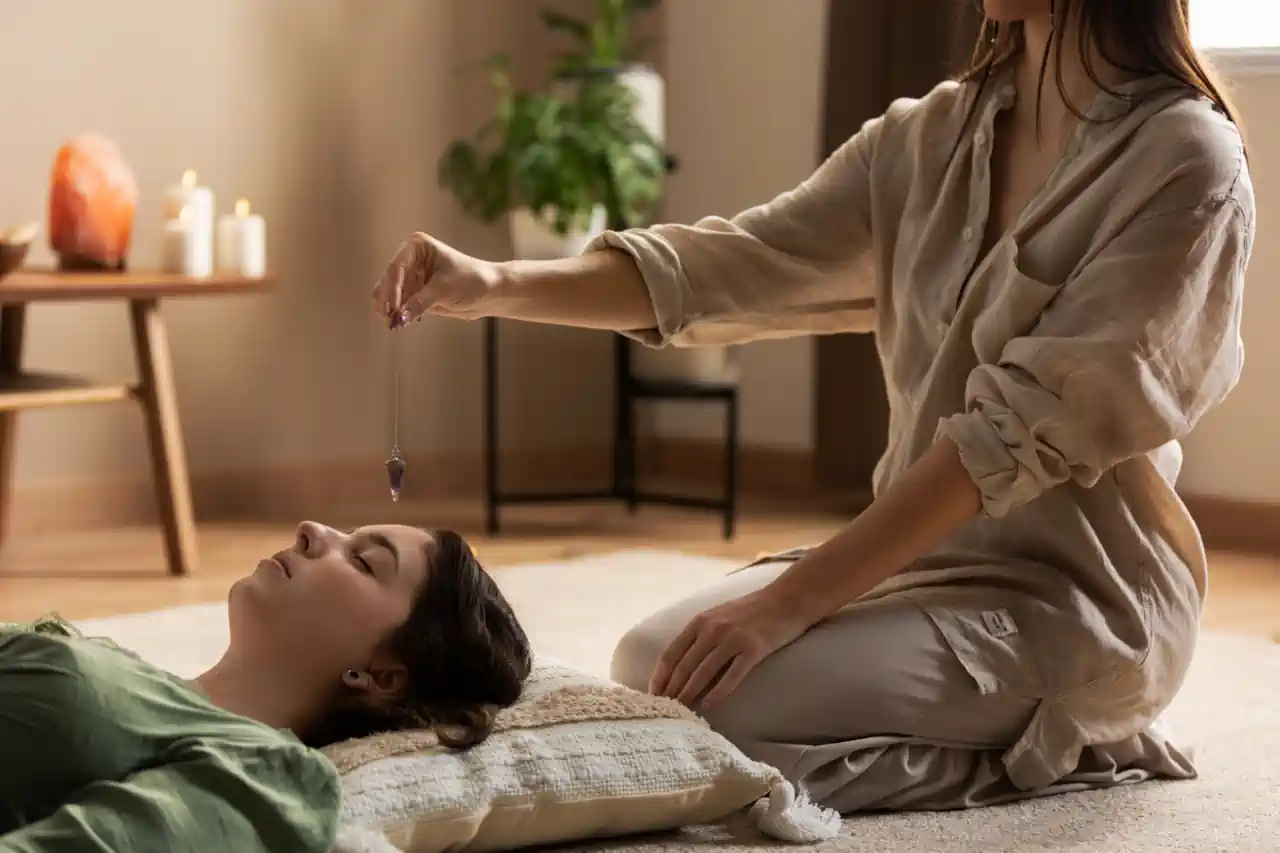In an era of rapidly advancing medical technology, people are increasingly exploring alternative and complementary therapies to enhance their physical, emotional, and spiritual well-being. Reiki, a Japanese healing practice that has gained popularity worldwide, offers a holistic approach to healing and relaxation. This article explores the origins, principles, and benefits of Reiki.
The Origins of Reiki
Reiki, pronounced as “ray-kee,” is a therapeutic technique rooted in ancient Japanese culture. The term “Reiki” is a combination of two Japanese words: “rei,” meaning universal or spiritual, and “ki,” referring to life force energy. Dr. Mikao Usui, a Japanese Buddhist monk and scholar, is credited with rediscovering and popularizing Reiki in the early 20th century.
According to legend, Dr. Usui underwent a spiritual quest, which led him to develop Reiki as a means to heal physical, emotional, and spiritual ailments. He passed on his knowledge to his students, creating a lineage of Reiki practitioners.
Principles of Reiki
Reiki operates on the premise that there is a universal life force energy that flows through all living beings. When this energy is disrupted or blocked, it can lead to illness and emotional imbalances. Reiki practitioners believe they can channel and transmit this healing energy through their hands to the recipient, promoting balance and well-being.
There are five fundamental principles in Reiki, often referred to as the “Five Reiki Principles” or the “Five Reiki Precepts.” These principles are:
- Just for today, I will not be angry.
- Just for today, I will not worry.
- Just for today, I will be grateful.
- Just for today, I will do my work honestly.
- Just for today, I will be kind to every living thing.
These principles serve as a guide for leading a balanced and harmonious life, emphasizing mindfulness, gratitude, and compassion.
The Reiki Session
A Reiki session is a unique and deeply relaxing experience that focuses on the flow of healing energy to promote balance and well-being. Here’s a more detailed look at what you can expect during a typical Reiki session:
1. Setting the Scene:
- A Reiki session usually takes place in a quiet and peaceful environment. This can be a dedicated healing space or a calming room within a practitioner’s home or studio.
- Soft lighting, soothing music, and the gentle fragrance of essential oils may be used to create a serene atmosphere.
- The recipient remains fully clothed throughout the session, removing only shoes and any heavy or restrictive clothing.
2. Intention Setting:
- Before the session begins, the practitioner and recipient may engage in a brief conversation. This allows the recipient to express their intentions and any specific issues or concerns they would like to address during the session.
- Setting an intention can help focus the healing energy and align it with the recipient’s needs.
3. Body Positioning:
- The recipient typically lies down on a comfortable treatment table, similar to a massage table, but without the need for disrobing.
- The practitioner may provide pillows or bolsters to ensure the recipient is relaxed and well-supported.
4. Hand Positions:
- The practitioner follows a set of hand positions or intuitively places their hands lightly on or near the recipient’s body.
- These hand positions correspond to specific energy centers or chakras, as well as areas where energy blockages may be present.
- The practitioner’s hands remain in each position for a few minutes before moving to the next, allowing the energy to flow and facilitate healing.
5. Energy Transfer:
- During the session, the Reiki practitioner acts as a conduit for universal life force energy. They draw in this energy and channel it through their hands to the recipient.
- The recipient may experience sensations such as warmth, tingling, or a subtle pulsing as the energy is transmitted. However, not everyone perceives these sensations.
6. Deep Relaxation:
- As the session progresses, most recipients enter a state of deep relaxation. Many report feeling as though they are floating or drifting in and out of consciousness.
- This relaxed state can promote stress reduction and mental clarity, allowing the body’s natural healing mechanisms to activate.
7. Emotional Release:
- In some cases, emotions or memories may surface during a Reiki session. This emotional release is seen as a positive step toward healing and resolving underlying issues.
- The practitioner provides a safe and supportive environment for the recipient to process these emotions.
8. Session Duration:
- Reiki sessions typically last between 60 to 90 minutes, although shorter sessions are also available.
- The duration may vary depending on the recipient’s needs and the practitioner’s approach.
9. Closing the Session:
- Toward the end of the session, the practitioner will gently inform the recipient that the session is concluding.
- The recipient is encouraged to take their time in returning to full wakefulness, and they may discuss their experience and any insights gained during the session.
10. Post-Session Care:
- After the session, it’s recommended that recipients drink plenty of water to help facilitate the release of toxins and promote energy flow.
- Recipients are also encouraged to rest and allow the healing process to continue.
Overall, a Reiki session is a serene and non-invasive healing experience that focuses on balancing and harmonizing the recipient’s energy. It aims to promote relaxation, reduce stress, and support the body’s natural ability to heal itself, contributing to overall physical, emotional, and spiritual well-being.
Benefits of Reiki
1. Stress Reduction:
- Reiki is renowned for its ability to induce deep relaxation. During a session, the recipient often enters a state of profound calm, which can help alleviate stress and anxiety.
- The relaxation response triggered by Reiki can have a cascading effect, reducing the body’s production of stress hormones and promoting a sense of overall well-being.
2. Pain Management:
- While Reiki is not a replacement for medical treatment, some individuals report relief from various forms of pain, including chronic pain conditions such as fibromyalgia and arthritis.
- Reiki may help by promoting the body’s natural ability to heal and by reducing tension in the body, which can contribute to pain relief.
3. Emotional Well-Being:
- Reiki can be beneficial for mental health. It may assist in alleviating symptoms of anxiety, depression, and emotional trauma.
- By addressing imbalances in the energy system, Reiki aims to create emotional stability and provide a sense of peace and inner strength.
4. Enhanced Energy Levels:
- Many recipients of Reiki report increased vitality and energy following a session. This boost in energy can persist for several days after the treatment.
- Improved energy levels can lead to increased productivity and a greater sense of well-being.
5. Improved Sleep Patterns:
- Reiki sessions often lead to better sleep quality and improved sleep patterns. Recipients may find it easier to fall asleep, experience fewer disturbances during the night, and wake up feeling more refreshed.
- Improved sleep can have a positive impact on overall health and cognitive function.
6. Accelerated Healing:
- Reiki is believed to accelerate the body’s natural healing processes. By promoting the flow of healing energy, it may support the recovery from injuries, surgeries, or illnesses.
- Some individuals choose to incorporate Reiki into their post-operative or post-injury rehabilitation.
7. Emotional Release and Clarity:
- Reiki sessions sometimes bring buried emotions and memories to the surface. This emotional release can be therapeutic, allowing individuals to process and let go of past traumas and emotional baggage.
- As a result, recipients often experience increased mental clarity and a sense of renewal.
8. Spiritual Growth:
- Reiki is often seen as a path to personal growth, self-awareness, and spiritual development. It can help individuals connect with their inner selves and explore their spiritual beliefs.
- Some practitioners use Reiki as a tool for meditation and mindfulness, enhancing their spiritual practices.
9. Self-Care and Self-Awareness:
- Reiki encourages self-care and self-awareness. By receiving regular sessions, individuals become more attuned to their bodies, emotions, and energy levels.
- This heightened awareness can empower individuals to make healthier choices and lead more balanced lives.
10. Complementary Therapy:
- Reiki is complementary to conventional medical treatments. It can be used alongside other therapies and treatments, enhancing their effectiveness and promoting holistic well-being.
- Many healthcare professionals recognize the potential benefits of Reiki when integrated into a comprehensive care plan.
Reiki offers a wide range of potential benefits that encompass physical, emotional, and spiritual aspects of well-being. While individual experiences may vary, many people find Reiki to be a valuable tool for relaxation, healing, and personal growth. It is important to consult with a qualified Reiki practitioner and healthcare provider to determine how Reiki can best support your unique needs and goals.

